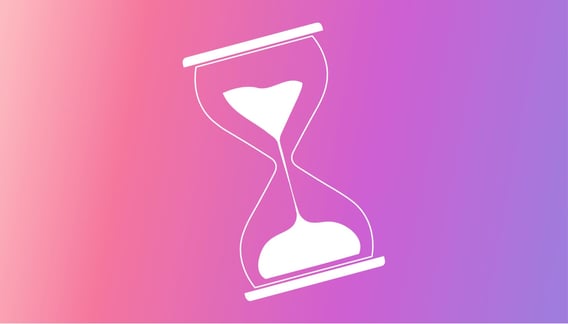Do you ever have days at work that seem to fly by? Before you know it, it’s time to pack up and go home.
If you were busy the whole day, you might feel like you’ve lost track of time.
Losing track of time isn’t uncommon. But it can leave you feeling like you’ve lost a grip on your productivity. Fortunately, there are ways to avoid it.
In this post, we look at what it means to lose track of time at work. We’ll dive into whether it’s ever a good thing and go over some strategies to use if you’re trying to prevent it from happening.
What does it mean to lose track of time?
When you lose track of time, you become unaware of its passage. You either forget about time entirely or stop paying attention to it.
In the workplace, there are multiple situations in which an employee might lose track of time.
For example, a designer might be involved in a new project. Partway into it, she runs into a sticky situation. She then becomes absorbed in solving the problem and doesn’t realize the workday ended an hour ago.
Anyone might lose track of time when they’re preoccupied. Replaying an argument, anticipating a difficult conversation, or worrying about a test result can shift your focus away from what you’re working on. And before you know it, an hour has passed with little to show for it.
Why you might be losing track of time
There are two positive reasons why you might lose track of your time at work:
1. You are highly engaged in your task.
Think about your preferred activities and favorite tasks on the job. Doesn’t it seem as though the minutes fly by while you’re doing them?
2. You’ve entered a flow state.
When you’re in a flow state, you become so focused on what you’re doing that nothing else matters.
There are also a couple of negative causes to be aware of:
1. You don’t have a routine or a time management system.
 |
Only 1 in 5 people use an effective time management system. If you’re one of the 80% who don’t, time may get away from you.
2. You’re drowning in screen time.
Social media may provide a much-needed break during a busy workday. The challenge is to be mindful of it. Research shows that people who use social media during their breaks feel like they’re wasting time. Most people can’t even recall what they saw.
So, while losing track of time can be a good thing, you can’t always afford to do so at work.
Here’s how to stop losing track of time at work
If you’re ready to take back your time, here are a few suggestions for getting started:
1. Make a routine
Start by establishing a routine for the workday.
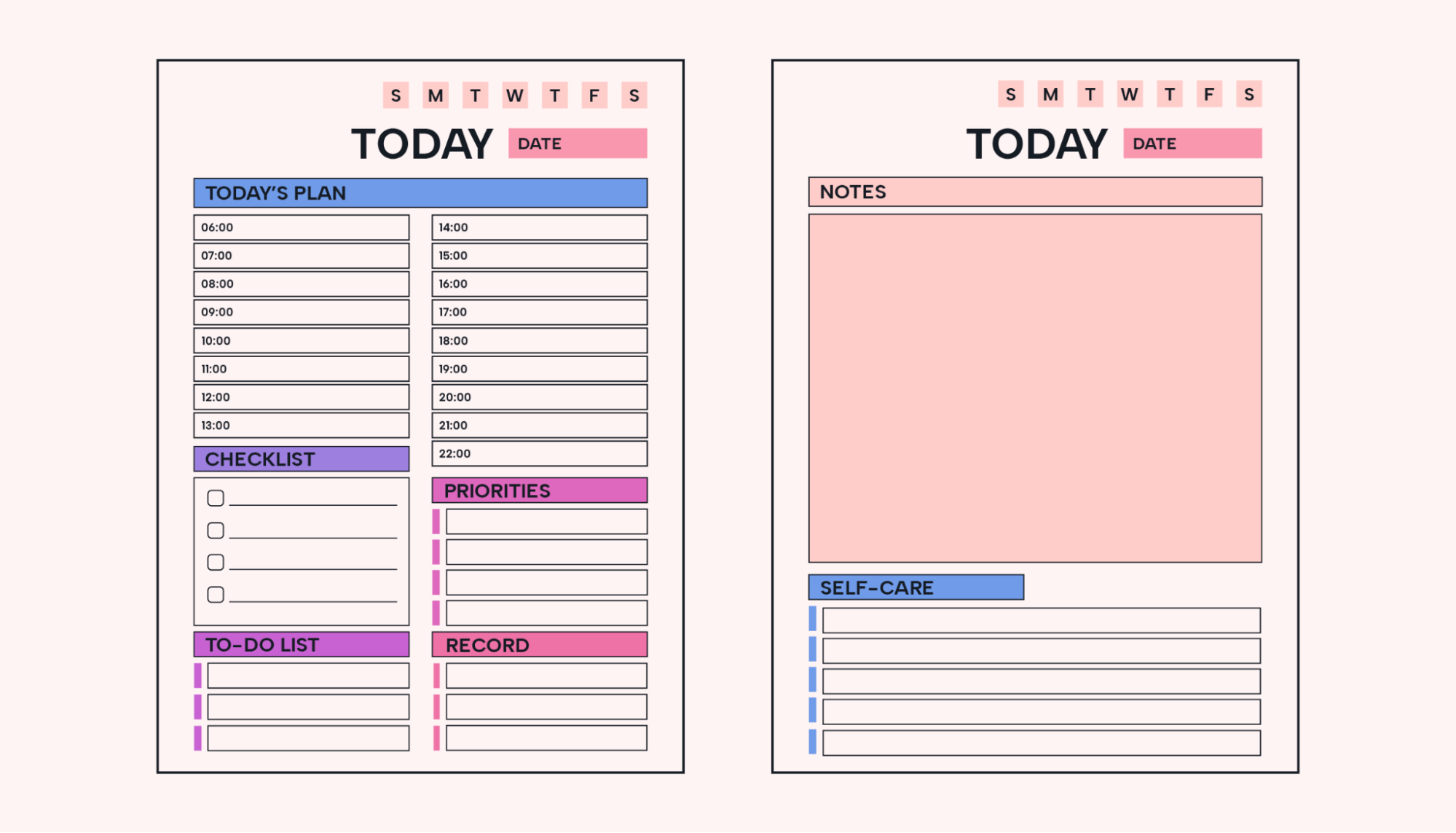 |
Try a daily planner app to organize your activities, to-dos, and meetings. Schedule out a few days and see what happens.
Did you follow the schedule? More importantly, did you lose track of time? If the latter, determine where and when it happened. It may be related to the type of activity or due to something else entirely.
Once you know what triggered your loss of time, you can take steps to help avoid it next time. Move a late afternoon meeting to earlier in the day if it helps you stay focused, or break a longer stretch of deep work into shorter blocks.
Here’s a good trick: don’t make every day the same. Vary your days, even if that means shifting your lunch break by 30 minutes. Mixing it up just a little can help prevent you from falling into a rut.
Schedule those lunches and other breaks, and stick to them. Ensure you get up and leave your desk, even if just for a moment. Let your brain shift to other things for a few minutes so you can restart your work tasks fresh.
2. Implement proven time management strategies
Here are some strategies experts agree can help improve your time management abilities:
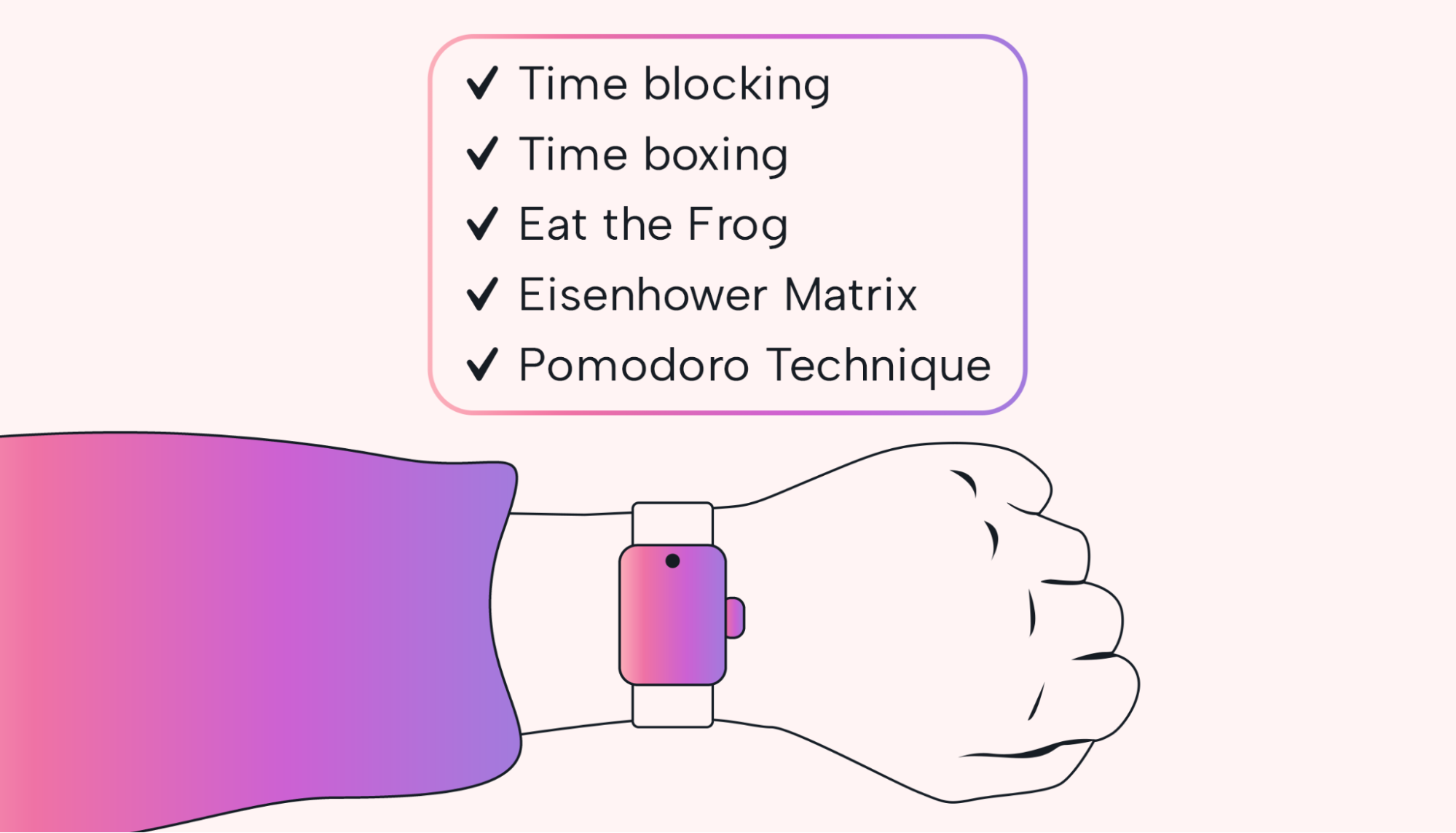 |
Time blocking
Time blocking organizes your day into specific blocks. You identify periods for certain activities, such as projects, answering emails, and meetings.
With time blocking, you only work on the activities you’ve “assigned” to that block. Time blocking is easy to adjust as you go along. If you need more or less time than planned for a specific action, you can modify your blocks.
One of the best features of time blocking is that if you do lose track of time, you can simply refer to your schedule to get started again.
Timeboxing
Timeboxing involves allocating tasks to be done at certain times. With it, you anticipate the time you need for your tasks and block off your calendar to complete them.
Timeboxing differs from time blocking in that your focus is on the amount of time you need rather than the task you assign. It also requires you to stop working on that item when the schedule indicates it’s time to shift.
Adhering to this type of time management system gives you better estimates of how you use time in the long run. It also forces you to keep track of your time since you need to know how long something will take to schedule your timeboxes effectively.
“Eating the Frog”
Has anyone ever advised you to “eat the frog”?
With this time management strategy, you tackle the most difficult or important-to-do task on your list first.
Eat the Frog sets you up for success since you’ll approach the rest of your day with a positive mindset. You’ll know the most challenging tasks are out of the way, leaving you free to focus on other areas.
The Eisenhower Matrix
The Eisenhower Matrix is based on prioritization. Divide daily task items into four sections: urgent and important, urgent but not important, not urgent but important, and neither urgent nor important.
You’ll know what to tackle first based on your completed matrix, leaving little room for time loss.
The Pomodoro Technique
The Pomodoro Technique is ideal for those who prefer short, concentrated work times with breaks between.
This method typically involves 25 minutes of work, followed by 5 to 10 minutes to recover. Users can set a timer to ensure they stay on task.
If none of these strategies connect with you, explore other time management systems to determine what will.
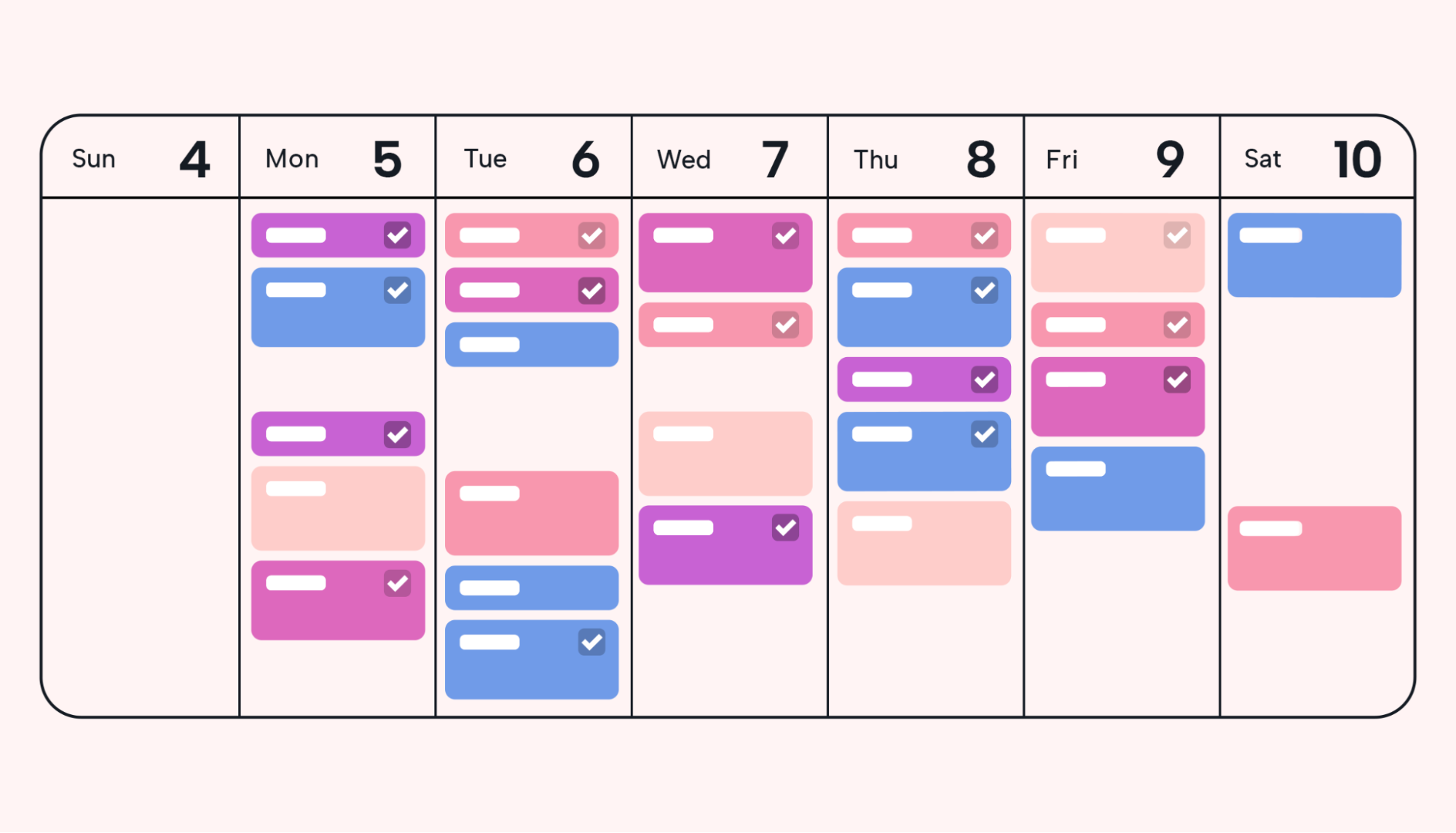 |
Motion’s Intelligent Calendar is a great option for helping you stay on track, as it allows you to put all your important activities and meetings in one easy place. Even better? It prioritizes your tasks and lets you know if you’re getting off track.
3. Use your chronotype to your advantage
Chronotypes refer to the natural times you are awake and asleep, as well as when you’re most productive during the day.
You may have heard of the night owl or early bird chronotypes. There are also chronotype systems that connect your sleep-wake tendencies to one of four animals — a lion, dolphin, bear, or wolf — depending on when you head to bed or get up for the day.
Understanding your chronotype helps with schedule planning. For example, night owls may feel more productive in the afternoon than in the morning. If this is the case for you, plan your most focused work times for later in the day.
4. Establish good work habits
Once you’ve done what you can to manage your days, it’s time to set yourself up for even more success.
Remove distractions, especially when you need to concentrate. Turn off email and phone notifications so they can’t pull you away from what you’re doing.
Also, consider putting your phone away and avoiding social media during breaks. If you can’t resist, set an alarm to prevent you from getting lost in the scroll.
 |
Look at your physical workspace. Is it a place you enjoy spending time? If not, see what you can do to make it a more positive area. This might include tidying it up or adding greenery.
If you haven’t already, establish clear work boundaries. Implement “no meeting” time blocks on your calendar, and plan to start and stop your days on time.
Additionally, avoid multitasking your way through the day. Focus on one thing at a time, and set limits to stay on track.
When you take a break, make it meaningful. Take a short walk around the block or head to the break room to chat with your coworkers. Disconnect from work so your brain has time to rest and relax. You’ll return to work recharged.
5. Take care of yourself outside of the office
Keeping track of time shouldn’t stop in the office.
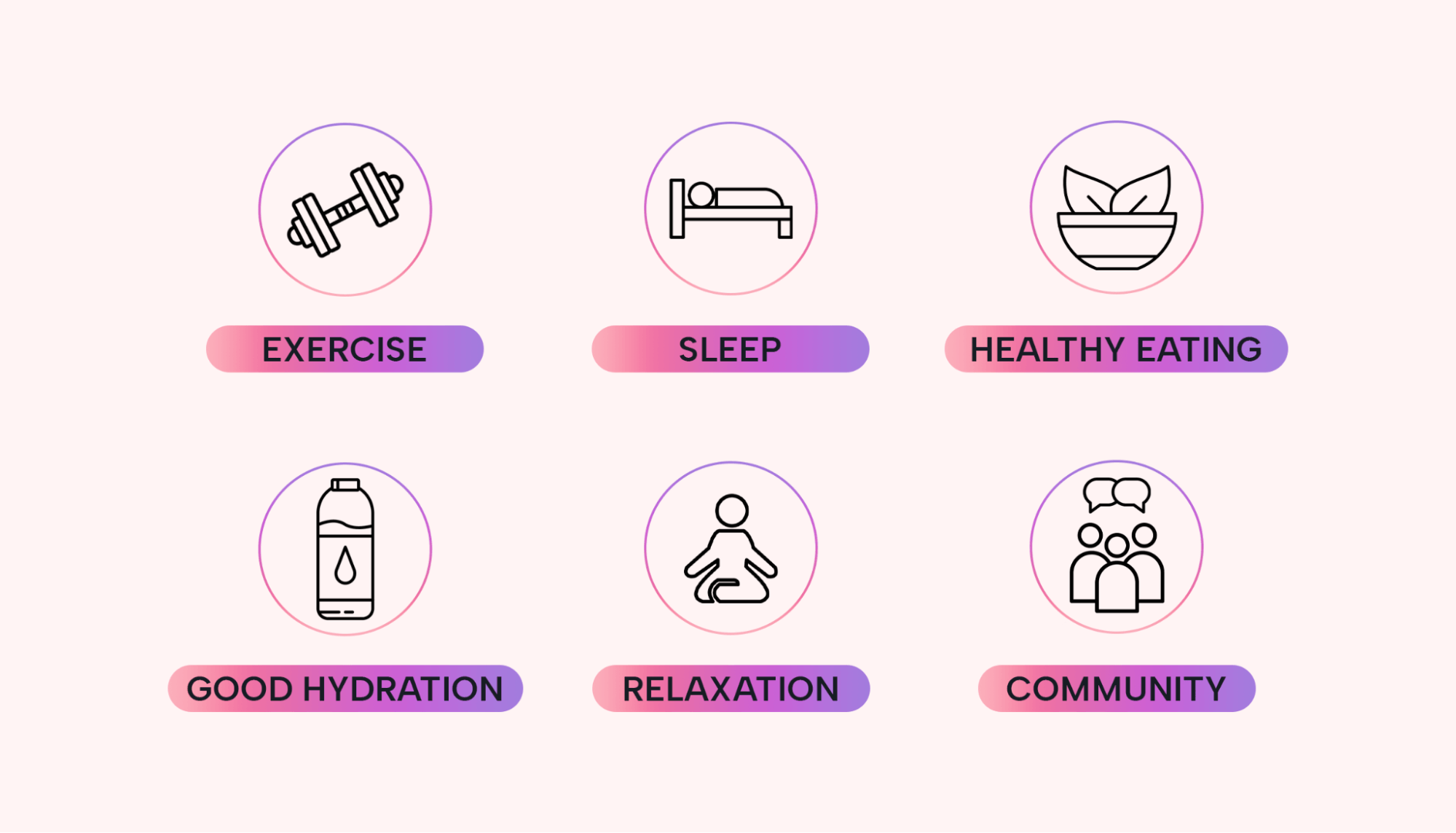 |
Take care of yourself during your off hours, too.
Maintain a healthy diet and drink enough water. Make exercise a regular part of your life. If you’re not sleeping well, determine why that’s the case so you can work to fix the issue.
Remember your boundaries. Establish a healthy work-life balance and stick to it. Try to avoid bringing work home. If you have no choice, draw a clear line for when you’ll tackle it.
Make enough time for your family, friends, community, and interests.
Sometimes, life is overwhelming. So, get help when you need it. Physical, mental, or emotional support can help you return to normal.
Let Motion help you stay on track
Today’s workplace demands mean you can’t afford to lose track of time. Start with a routine or time management plan.
Make sure you’re taking care of yourself in the meantime, too.
One way to do this is through Motion. Its Intelligent Calendar gathers meetings, to-dos, and task items and puts them into the perfect schedule. Add your deadlines and priorities, and Motion will alert you if you’re getting off track.
Reach out to Motion today for a risk-free, 7-day trial.

